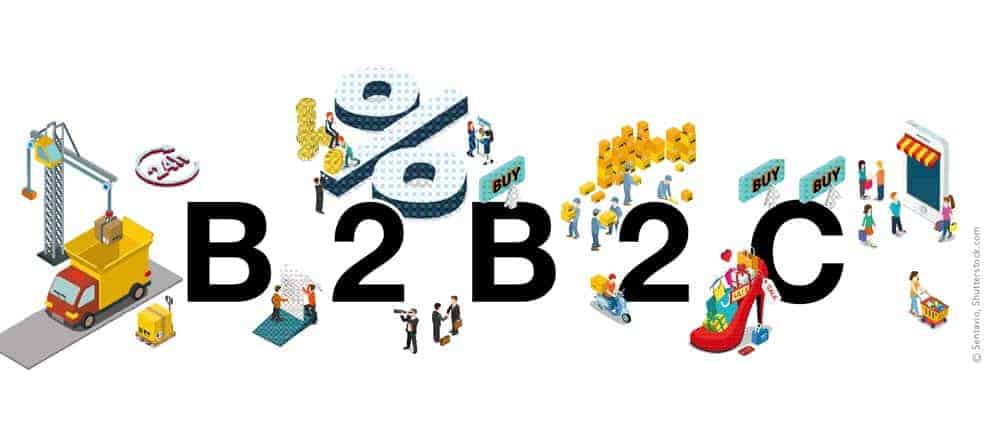Purchase without purchase


The operating and production parameters of a production line detected by sensors allow a maintenance-relevant condition to be identified.
The precautionary replacement of a work part is intended to avert the risk of a production stoppage. The systems that will exchange with each other in the future (M2M, S2S, S2M and others) will use certain algorithms to detect any system malfunctions that may occur and their need for spare parts.
These can trigger an order or a requisition through stored automation procedures.
The scenario described here is a typical example of predictive maintenance as discussed in the course of Industry 4.0. It represents an exemplary procurement process of the future.
The entire operational purchasing process takes place without the involvement of the purchasing organizational unit in the specialist departments - fully automated from ordering to goods receipt and payment.
In return, purchasing professionals gain the freedom to devote themselves almost entirely to strategic procurement aspects. The establishment and use of interdisciplinary platforms for purchasing communities already play a major role in the public sector as well.
The Ariba procurement platform and S/4 Hana Sourcing & Procurement are driving this development. The latest enhancements in particular are aimed at repositioning procurement.
S/4 Hana Enterprise Management supports all operational purchasing and procurement processes. The integration of digitized processes is one of the new challenges. This is demonstrated by BTC's experience.
The connection of all departments is always a classic requirement for the IT service provider. For example, all employees can search for goods and services themselves via a Fiori interface as part of a requisition.
Full control
The shift of operational tasks to the self-service area of the specialist colleagues is accelerated by the integration of new functionalities from Ariba. This includes, above all, Guided Buying, which is used to control compliance with the rules.
Purchasing specifications can thus be configured on a company-specific basis so that business users are guided exclusively to the "rule-compliant" suppliers, articles or services.
The dynamic adjustment of the procurement quantity of production materials can also be automated. Through the integrated in-memory environment, S/4 offers the opportunity to permanently perform material planning runs.
Any changes resulting from a change in demand can be passed on directly to the supplier via the Ariba network. The supplier can adjust its own production and logistics planning without delay in order to avoid unnecessary expenses.
The cooperation of colleagues from the purchasing organization as an approval and control authority in operational procurement is consequently no longer required for these tasks.
Instead, they can focus on quality improvement, risk minimization, and cost optimization as part of supplier and commodity group management.
For example, Ariba provides buyers with accurate information such as performance metrics, service offerings and certifications, including Dun & Bradstreet (D&B) business information on current and potential contractors.
In a strategically oriented analysis of the cost situation - also supported by Ariba functionality - the spending flows within a supplier family can be determined in order to identify potential savings through intelligent quota bundling or dynamic discount scales.
In short, the digital structural change will initiate a reorientation and repositioning in procurement management.
The interaction of S/4 Hana and Ariba gives a clear indication of the IT support that companies already have (can have) in hand for the transformation.







